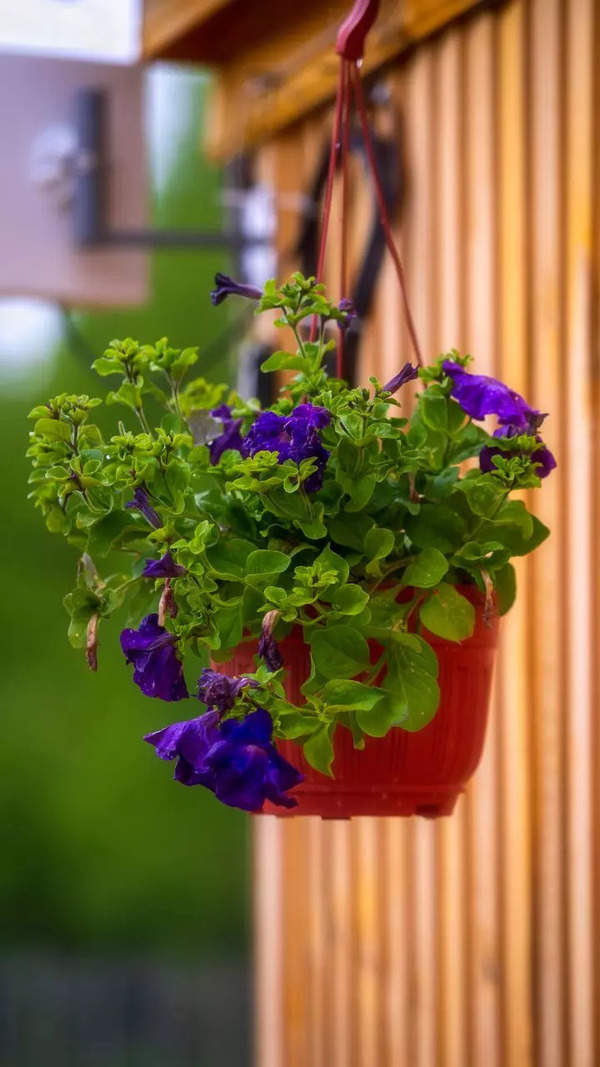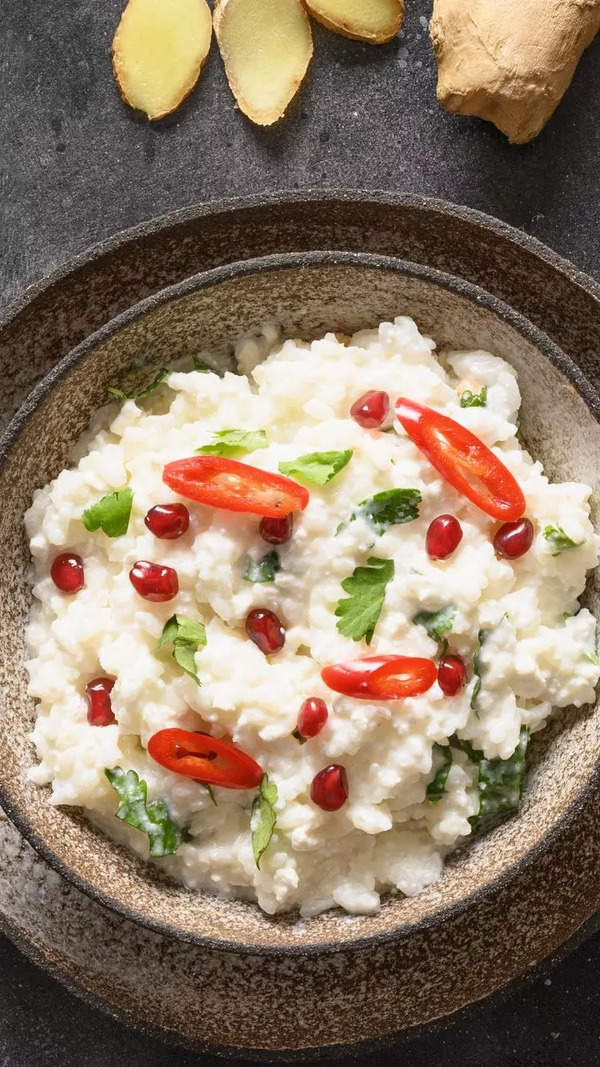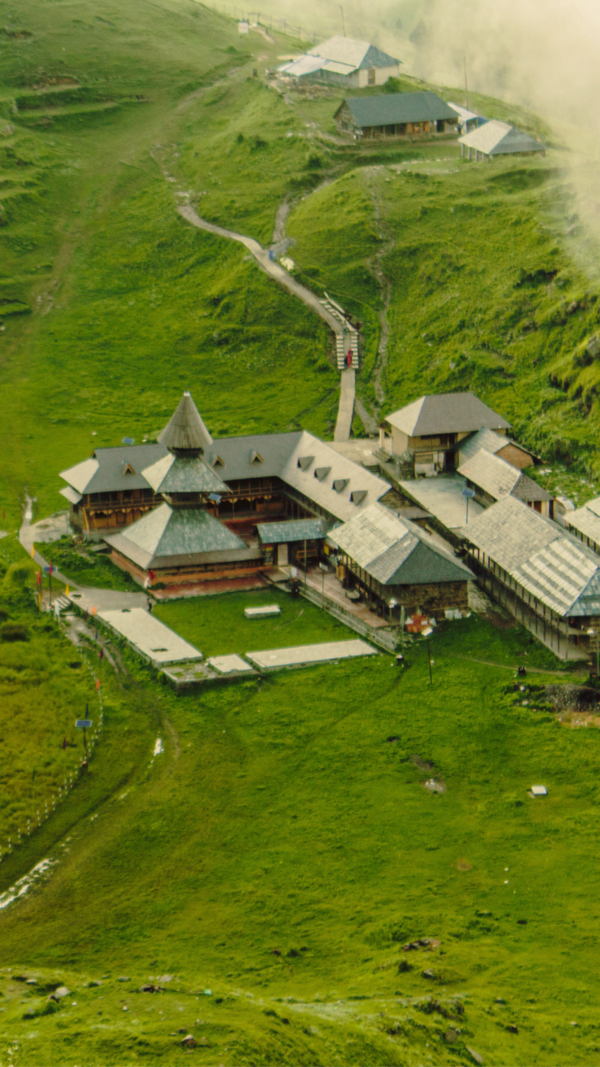- News
- City News
- delhi News
- How colourful pandals in Delhi are striking a chord this Durga Puja
Trending
How colourful pandals in Delhi are striking a chord this Durga Puja
Durga Puja pandals in Delhi this year resonate with themes like village life, abandoned mothers' plight, and social empowerment, drawing immense crowds. Highlights include sustainable and recycled materials for idols, cultural homages, and community-driven events ensuring inclusivity and tradition preservation.

Durga Puja pandal in Delhi's Kali Bari
So for those who have journeyed to the capital from all corners of the country in search of economic opportunities, it's back to the grassroots at the Safdarjung Enclave pandal, organised by the Matri Mandir Samity.

Ashok Das, a designer who has designed the pandal for the last12 years, similarly said, "Though I have to leave my own family to come and work on various pandals, the joy I see on others' faces makes every effort worthwhile." With an impressive budget of Rs 65 lakhs, this year's pandal is located next to a historic temple, adding to its allure.
If what is called the city's "probashi" population is the focus in Safdarjung Enclave, the pandal at Arambagh, curated by Avijit Ghosh, takes a heartfelt approach to the plight of abandoned mothers and the pandal will also shine a light on the empowerment of people with disabilities. A stunning sculpture will be the centrepiece, while several women engaged in social service will actively contribute to the celebrations. The managing committee has covered their accommodation and lodging expenses while inviting them to set up stalls to showcase and sell their unique products.
Ghosh shares, "Our committee deeply empathises with women left to fend for themselves on the streets of Delhi or elsewhere. It's essential that a festival honouring Durga Ma lifts up those in need, especially women who deserve our support." The anticipated one lakh people visiting the pandal are certain to return home with a new view about marginalised women in society.
Social awareness is also the theme at Indraprastha Matri Mandir Nirman Society's pandal at Aradhana Park in Indraprastha Extension. Here, the theme "Pledge and commitment towards society and country" features sustainable idols crafted from recycled materials like mud and jute, alongside a Nari Shakti wall dedicated to empowering women, and the over 1,000 people who come to the pandal every day are likely to be inspired accordingly.
The pandal of the Ramakrishna Mission in Paharganj is new and only in its second year. Nestled within a historic 97-year-old ashram, this year's celebrations come with a budget of Rs 78 lakh and an anticipated footfall of 40,000, said Bhaskar Roy, vice-president of the managing committee. At the centre of the pandal's artistry is Sisir Kumar Dutta, an artisan who has been creating stunning alpona since 1978. He starts his day at 5am and often works until midnight. "Each stroke and design carry my devotion," he said. "When devotees appreciate the intricate beauty of the handcrafted pieces, it makes my effort worthwhile."
Culture is behind Kalibari Mayur Vihar Samiti honouring Rabindranath Tagore at its 42nd pujo. Tagore's short story ‘Totakahini', published in the Bengali magazine Sabuj Patra in 1918, will be depicted. The narrative follows a king striving to educate a carefree parrot in traditions, challenging conventional notions of "development." The celebration there features 1,600 origami parrots, a 500-book sculpture and a relief of the king with his 900 soldiers, all crafted by 30 volunteers aged 7-70 years under the guidance of Snigdha Banerjee of Shiv Nadar University and origami specialist Juin Chatterjee.
Paper craft expert Ankon Mitra will inaugurate the pandal, where around 5,000 devotees enjoy maha bhog at the pandal. Cultural highlights include the "Anokhe Vastra" puppet show by Padmashri Dadi Pudumjee, performances by Zee Saregama artist Rahul Dev, a modern take on the Mahabharata, and dance dramas such as Shakuntala and Krishna Leela, showcasing local talent from Mayur Vihar.
The Kashmere Gate Pandal, the oldest in Delhi, is one that has no theme. It started in 1910 in Civil Lines, north Delhi, and over a lakh devotees visit every year. While it doesn't have a specific theme this year, it remains dedicated to the essence of tradition of the festival.
End of Article
FOLLOW US ON SOCIAL MEDIA










